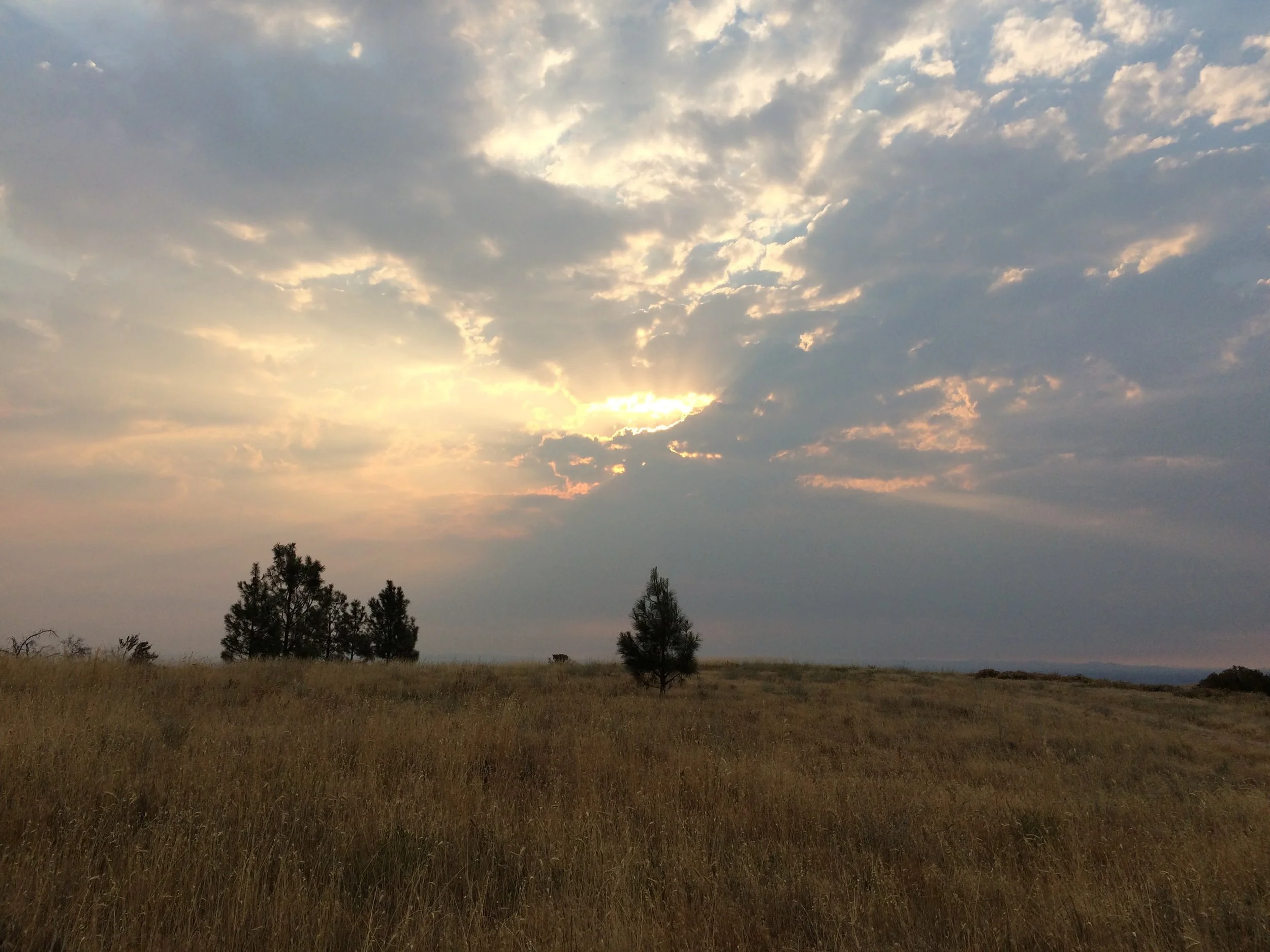TAKE 5 | Retreat Rhythms: Balancing Structure and Surrender in Solitude
Is your time with God structured or unstructured? Have you ever taken the time and space to allow God to work in unstructured time in your life? Today we investigate how we can retreat to lonely places and pray as Jesus often did.
I encourage you to Take 5 | Mini Retreat. Take a few moments to rest your soul and grow in your intimacy with Jesus. May you experience the deep restoration God describes in Psalm 23:1 “…he restores my soul.”
Reflecting,
Sean McFeely
The Oasis Ministry Ventures Team
Blog by Alan Fadling
This is the third and final post in my New Camaldoli Retreat series.
If you are thinking about trying on or continuing a practice of spiritual retreat, what kind of place is a good one?
Where Do You Go on Retreat?
Get away to a place where you can find some solitude and silence. In my particular stream of Christianity, what we often call retreat centers are actually conference centers. They are designed for large groups of people to gather and listen to talks from experts or entertainers. And while that can be a joyful thing, it can be hard to get alone or find quiet in those settings.
I’ve often made use of Catholic retreat centers and monasteries like New Camaldoli. Going on retreat at a location designed specifically for that purpose makes it easier to follow through with your plan. Search the internet for monasteries and retreat centers in your area or in a part of the country you’ve always wanted to visit.
Once you’ve found a place…
What Do You Do on Retreat?
In an extended retreat, I seek to find a balance between
structure and freedom
activity and receptivity
engagement and disengagement
work and rest
I’m not measuring my retreat in terms of productivity, though cultivating a rhythm of retreat has been among the most fruitful practices for me over the last thirty years.
One way to discern these rhythms is to pay attention to the desires that arise. As a leader, sometimes there is little to no space between an impulse that arises and an action I take. On retreat, I have time and space to notice the desires that arise, discern whether or not they move me in good directions, and then decide how I want to act on them or resist them.
Perhaps retreat is a place where Augustine’s counsel best comes into play: “Love God and do whatever you please: for the soul trained in love to God will do nothing to offend the One who is Beloved.”
On extended retreat we have space to distinguish shallow and empty impulses from deep, God-given desires. We can resist the former and lean into the latter. What does the “me” created in the image of Christ want to do with these moments of retreat? Do I know? Can I be patient to discern the answer to such a question? Again, extended retreat allows us time and space to listen for that insight.
As I’ve mentioned already, on a multiple-day retreat it’s important not to program every minute. This is a mistake I’ve sometimes made. In times of extended retreat, we can make space for unstructured receptivity to God. This involves practicing God’s presence in simplicity. We listen for God. We watch for God. We seek to notice the creativity and care of God that surrounds us. We let God shepherd us on our retreat.
What Benefits Do I Gain from Retreat?
It has been good for me to practice retreat as a regular rhythm rather than an occasional, desperate escape. The Gospel of Luke reminds us that “Jesus often withdrew to lonely places and prayed” (5:16). It’s the word “often” that always grabs me there. There was a regularity to this rhythm in Jesus’s way of life.
That regularity was focused on prayer as Jesus stepped away from what usually filled his days and made time and space to be in communion with his Father in heaven. He rested in the presence of his Father. He listened for the voice of his Father. He watched for the work of his Father.
Jesus spoke to the Father about what was on his mind and heart, what concerned him, what he hoped for. He was often alone in his Father’s presence. And I believe this was the way in which he discerned what the Father was giving him to do and to say. Retreat has been such a training ground for me.
If you haven’t been in the habit of making personal retreats, I don’t recommend starting with an eight-day version. You aren’t seeking to do something spiritually heroic, which can be more about ego than about seeking God. Begin by setting aside an hour or two, maybe half a day. Decide on a length of time that feels like a stretch without feeling overwhelming.
Decide what you’ll say “Yes” to and what you’ll say “No” to. Then offer this retreat as a gift to God. What makes the time good is not your spiritual “performance” or some spiritual “experience” you might (or might not) have. What makes it good is that God is with you and that you are offering your attention to notice God with you.
If you aren’t already trying on the practice of spiritual retreat, I hope you’ll take a next step. If you are, I hope you discover the grace of this practice more and more.
For Reflection:
If you haven't yet integrated spiritual retreats into your life, what steps could you take to begin? What reservations might you need to overcome?
When considering the activities and rhythms of your retreat, how do you strike a balance between structure and freedom, engagement and disengagement, work and rest?
What benefits have you personally experienced from practicing retreat as a regular rhythm rather than an occasional escape?

